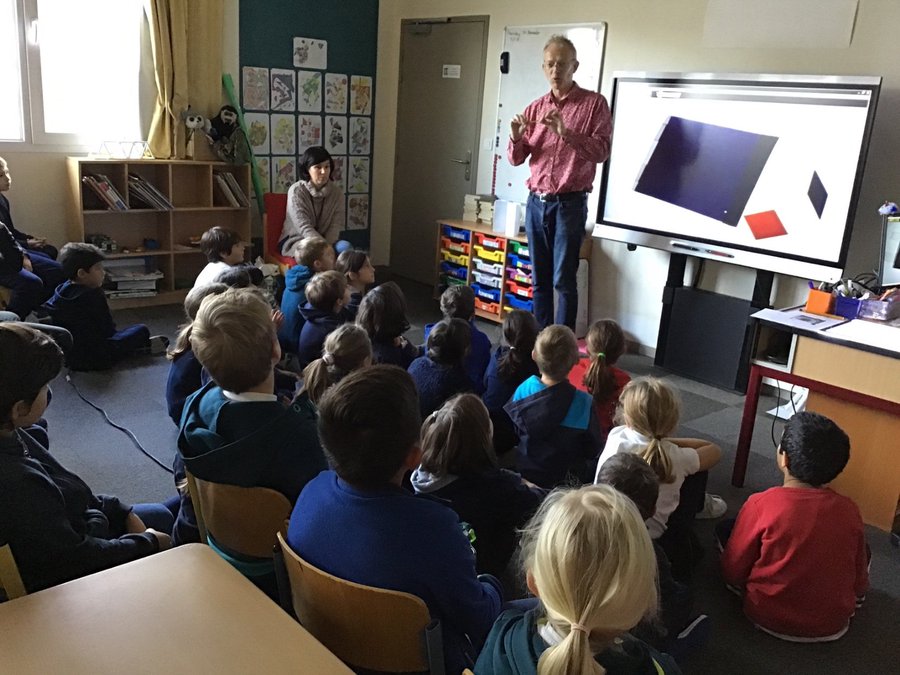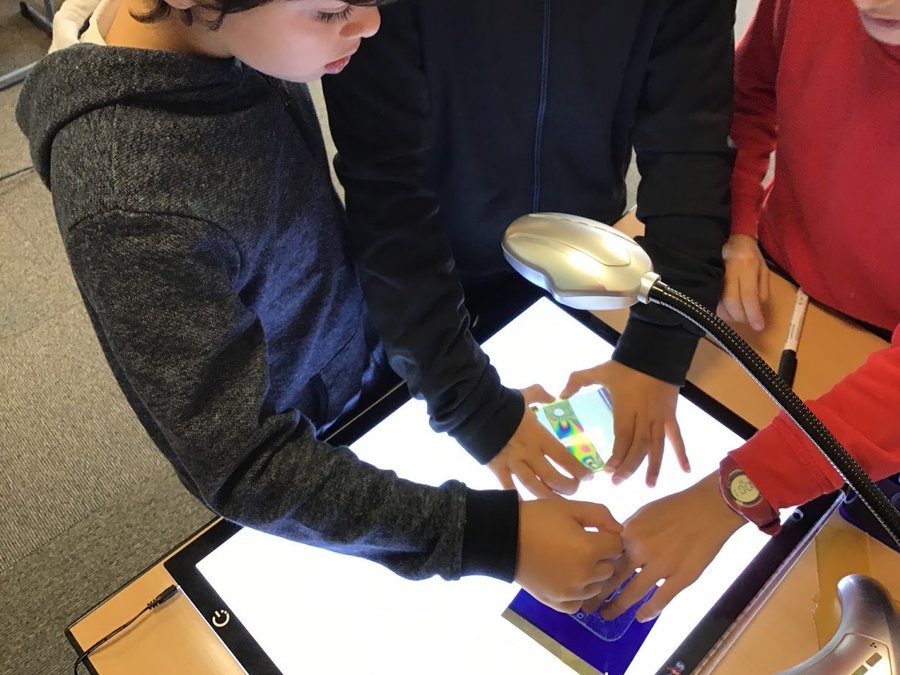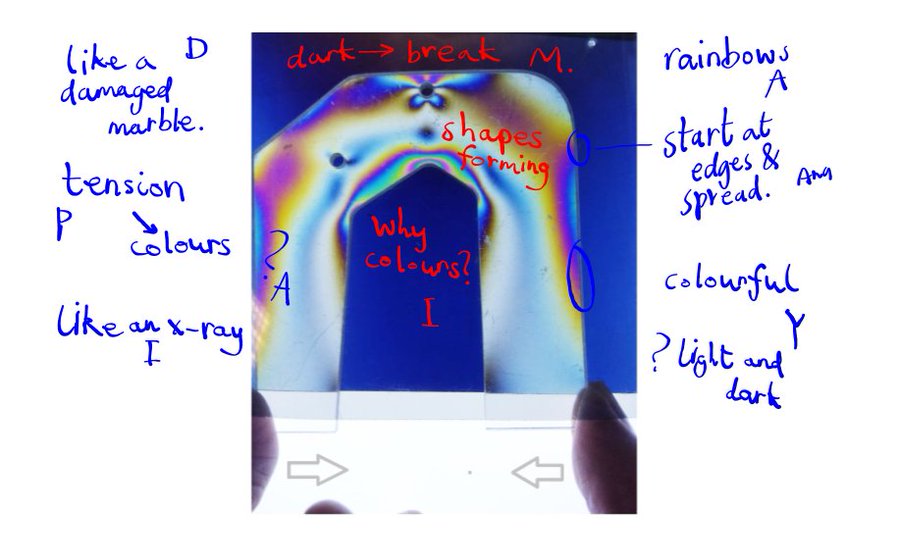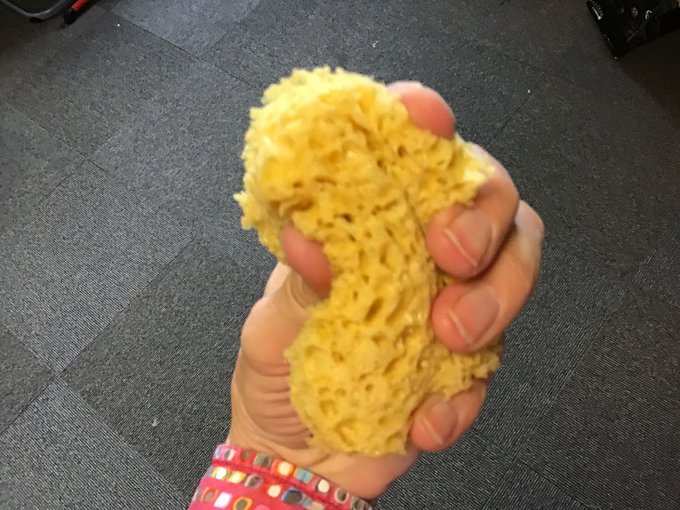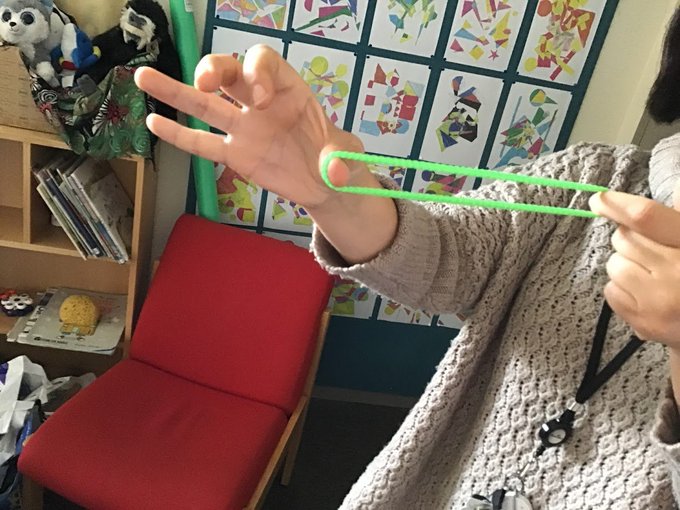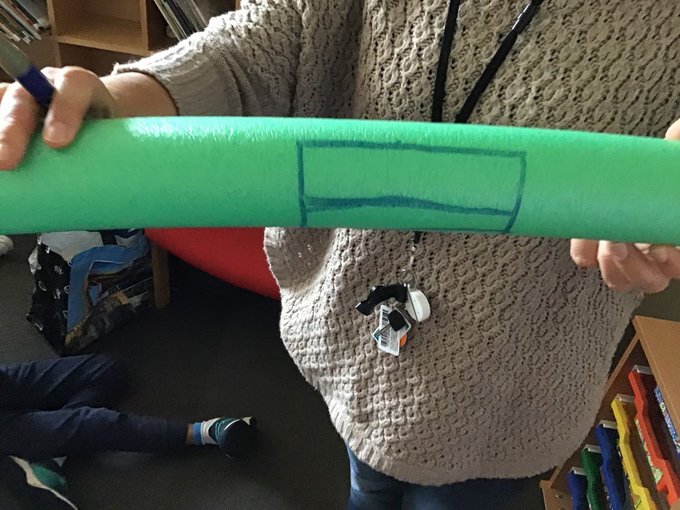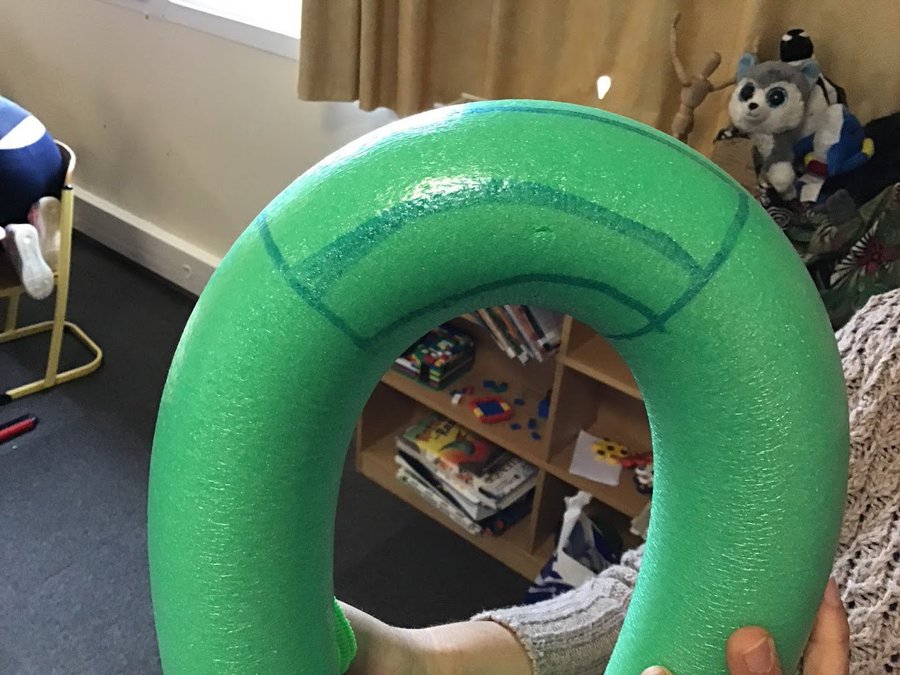
We have two students in our pre-K classes, Y in Star Class and G in Moon Class, both five years old now, who are fanatical about fairly large Numberblocks numbers. "I love rectangles!" G exclaimed the other day!
I've blogged about this series before and I - along with all our students - think it's brilliant! There's a page I go to to access all the episodes. As my students are between three and five years old, we're leaning towards the small numbers.

At the start of the year G's parents told me he really loved the series, and moreover, knew the square numbers and 'Step Squad' numbers (Numberblocks-speak for triangle numbers). I waited, but he didn't seem to be showing it much in class. It was really in December that he discovered a fellow enthusiast in Y, that he started to talk about it.
Most of what happens in Star and Moon classes is voluntary - the students choose which play they engage in. We adults put out things that we think will interest and engage them, and we also have a couple of 'meetings' a day with our classes, but for most of the day the students choose from what's provided.
We've noticed that influence is a really important factor in what the students try out, and what they persist in. I wrote a blog post about this - 'Copycats'. So it's to be expected that it would be social factors that would really bring the enthusiasm out into the open.
At first they were asking to see pictures of Numberblocks numbers on the Internet. Then they were making them with Multilink cubes.
On the 19th December, G made these:

On the same day, Y was telling Estelle a story to write down, all about Numberblocks.

These are regular Numberblocks colours. 30 is yellow because 3 is yellow, 40 is green because four is green. And eight is pink.




One way to spread the goodness was to put out the Unifix cube stairs. They seem to always get filled with the Numberblocks colours.
Students were enjoying just drawing the grids - five or six new ones joined in, some of them just enjoying reproducing the grid:

I'll keep you posted.






















